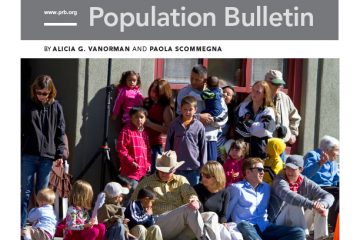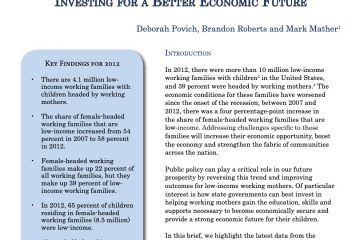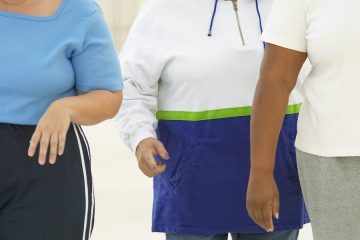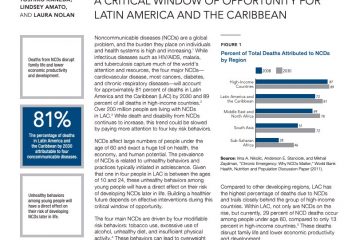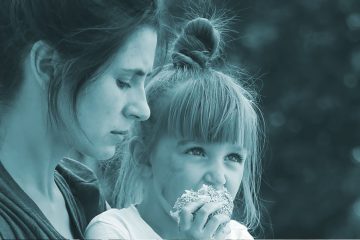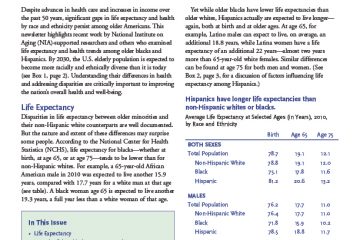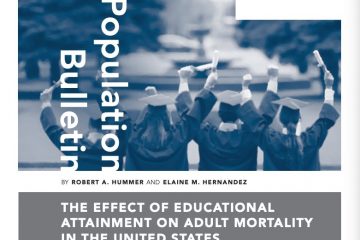- Anna H. Grummon et al., “Sugar-Sweetened Beverage Health Warnings and Purchases: A Randomized Controlled Trial,” American Journal of Preventive Medicine 57, no. 5 (2019): 601-10.
- Anna H. Grummon and Marissa G. Hall, “Sugary Drink Warnings: A Meta-Analysis of Experimental Studies,” PLOS Medicine (2020), https://doi.org/10.1371/journal.pmed.1003120.
- Anna H. Grummon et al., “Health Warnings on Sugar-Sweetened Beverages: Simulation of Impacts on Diet and Obesity Among U.S. Adults,” American Journal of Preventive Medicine 57, no. 6 (2019): 765-74.
- M. Arantxa-Colchero et al., “In Mexico, Evidence of Sustained Consumer Response Two Years After Implementing a Sugar-Sweetened Beverage Tax,” Health Affairs 36, no. 3 (2017): https://doi.org/10.1377/hlthaff.2016.1231
- Rossana Torres-Álvarez et al., “Body Weight Impact of the Sugar-Sweetened Beverages Tax in Mexican Children: A Modeling Study,” Pediatric Obesity 15, no. 8 (2020): e12636, https://doi.org/10.1111/ijpo.12636.
- Vanessa M. Oddo et al., “Perceptions of the Possible Health and Economic Impacts of Seattle’s Sugary Beverage Tax,” BMC Public Health 19 (2019): 910.
- Melissa A. Knox et al., “Is the Public Sweet on Sugary Beverages? Social Desirability Bias and Sweetened Beverage Taxes,” Economics & Human Biology 38 (2020): 100886.
Nathan Porter
Senior Research Associate














